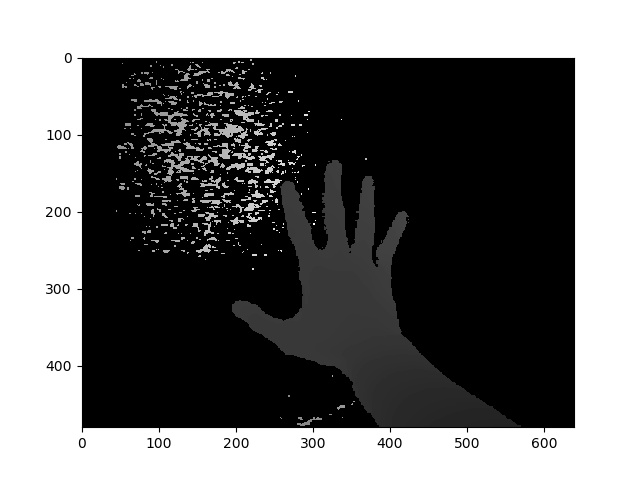有一个Numpy数组类型的矩阵,如何将它作为图像写入磁盘?任何格式的图像都行(PNG,JPEG,BMP …)。
最佳解决办法
可以使用scipy.misc,代码如下:
import scipy.misc
scipy.misc.imsave('outfile.jpg', image_array)
上面的scipy版本会标准化所有图像,以便min(数据)变成黑色,max(数据)变成白色。如果数据应该是精确的灰度级或准确的RGB通道,则解决方案为:
import scipy.misc
scipy.misc.toimage(image_array, cmin=0.0, cmax=...).save('outfile.jpg')
第二种解决办法
使用PIL。
给定一个numpy数组”A”:
from PIL import Image
im = Image.fromarray(A)
im.save("your_file.jpeg")
你可以用几乎任何你想要的格式来替换”jpeg”。有关格式详见here更多细节
第三种办法
纯Python(2& 3),没有第三方依赖关系的代码片段。
此函数写入压缩的真彩色(每个像素4个字节)RGBA PNG。
def write_png(buf, width, height):
""" buf: must be bytes or a bytearray in Python3.x,
a regular string in Python2.x.
"""
import zlib, struct
# reverse the vertical line order and add null bytes at the start
width_byte_4 = width * 4
raw_data = b''.join(b'\x00' + buf[span:span + width_byte_4]
for span in range((height - 1) * width_byte_4, -1, - width_byte_4))
def png_pack(png_tag, data):
chunk_head = png_tag + data
return (struct.pack("!I", len(data)) +
chunk_head +
struct.pack("!I", 0xFFFFFFFF & zlib.crc32(chunk_head)))
return b''.join([
b'\x89PNG\r\n\x1a\n',
png_pack(b'IHDR', struct.pack("!2I5B", width, height, 8, 6, 0, 0, 0)),
png_pack(b'IDAT', zlib.compress(raw_data, 9)),
png_pack(b'IEND', b'')])
…数据应直接写入以二进制打开的文件,如下所示:
data = write_png(buf, 64, 64)
with open("my_image.png", 'wb') as fd:
fd.write(data)
-
使用示例感谢@Evgeni Sergeev:https://stackoverflow.com/a/21034111/432509
第四种办法
用matplotlib:
import matplotlib
matplotlib.image.imsave('name.png', array)
适用于matplotlib 1.3.1,不确定更低的版本是否有效。文档:
Arguments:
*fname*:
A string containing a path to a filename, or a Python file-like object.
If *format* is *None* and *fname* is a string, the output
format is deduced from the extension of the filename.
*arr*:
An MxN (luminance), MxNx3 (RGB) or MxNx4 (RGBA) array.

第五种办法
如果使用matplotlib,也可以这样做:
import matplotlib.pyplot as plt
plt.imshow(matrix) #Needs to be in row,col order
plt.savefig(filename)
这将保存plot(而不是图像本身)。

第6种办法
python的opencv(http://docs.opencv.org/trunk/doc/py_tutorials/py_tutorials.html)。
import cv2
import numpy as np
cv2.imwrite("filename.png", np.zeros((10,10)))
如果你需要做更多的处理,而不是保存,这个库比较有用。
